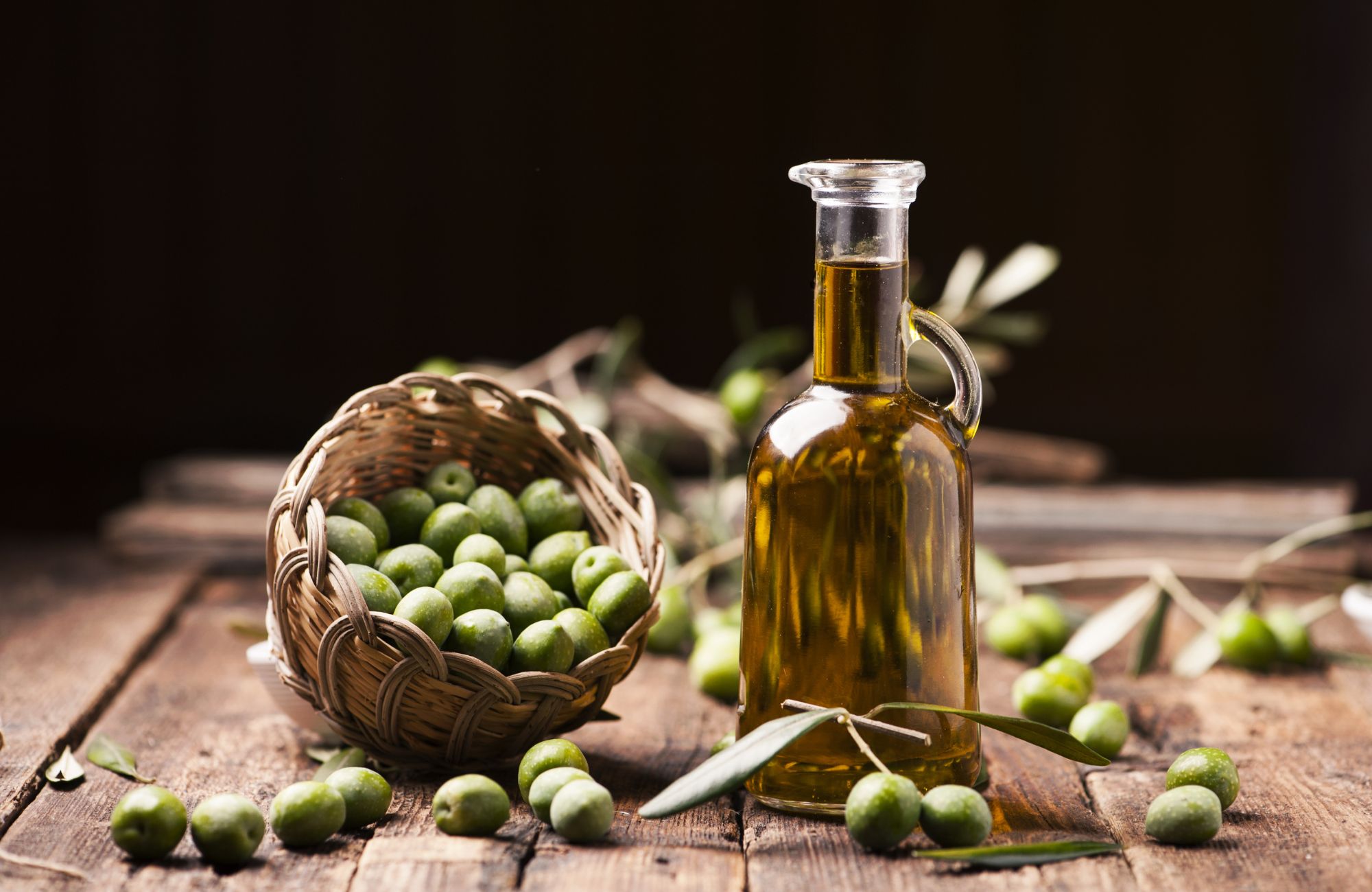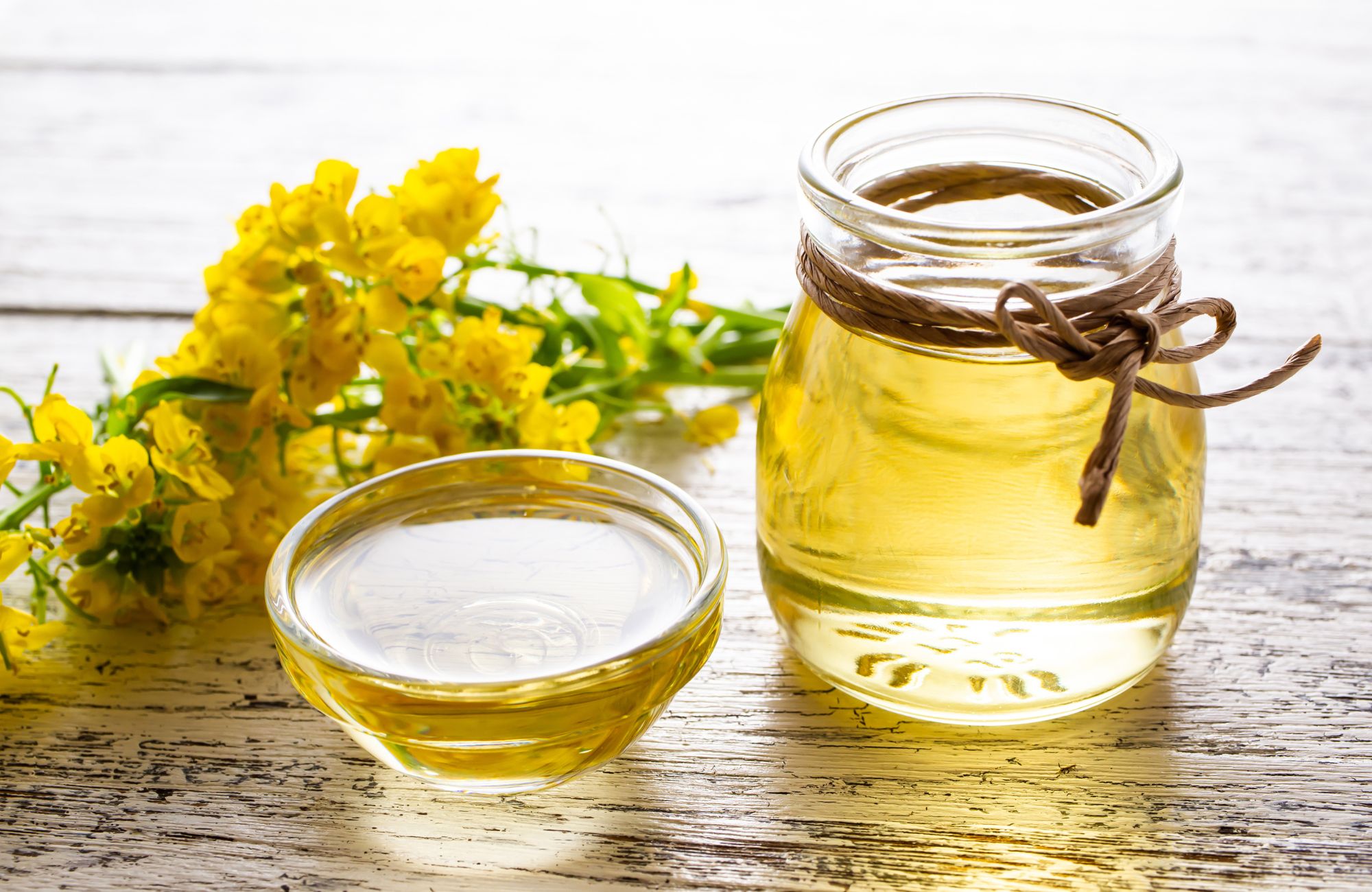
Is Olive Oil a Seed Oil?
In the Mediterranean, olive oil isn’t just a kitchen staple. It’s a way of life. Households there use up to 15 gallons a year, while the average American goes through just 1. This contrast speaks volumes about our shifting food habits and the growing curiosity around healthier fats. One question that’s popping up more often is, “Is olive oil a seed oil?” Surprisingly, it’s not. Olive oil is a fruit oil, extracted from the pulp of olives, not the seeds. This important detail sets it apart both nutritionally and culinarily.
In this guide, we’ll unpack what makes olive oil unique, how it differs from typical seed oils, and why that difference matters for your health, your cooking, and even your taste buds. Whether you’re a home chef or simply trying to eat smarter, knowing the facts about olive oil can elevate the way you cook and eat.
What are Seed Oils?
Seed oils, as the name suggests, are oils extracted from the seeds of various plants. These have become ubiquitous in modern food production and can be found in countless processed foods lining supermarket shelves. But what exactly qualifies as a seed oil?
Common Examples of Seed Oils
Seed oils include many familiar cooking oils such as:
- Sunflower oil: Extracted from sunflower seeds, popular for its high smoke point
- Canola oil: Derived from modified rapeseed, known for its neutral flavor
- Soybean oil: One of the most widely consumed oils globally, used extensively in processed foods
- Corn oil: Made from corn germ, often used in deep frying
- Grapeseed oil: A byproduct of wine-making, has a clean, light taste
- Cottonseed oil: Originally a waste product of cotton production, now widely used in commercial cooking
- Safflower oil: Comes from the safflower plant, valued for its high smoke point
- Sesame oil: Popular in Asian cuisine, it has a distinctive nutty flavor
How Seed Oils are Produced
The production of most seed oils involves intensive processing methods that significantly alter the oil from its natural state. Here’s the typical process:
- Cleaning and Preparation: Seeds are cleaned and prepared for oil extraction
- Extraction: Often using chemical solvents like hexane to maximize yield
- Refining: Removing impurities, often through high heat processing
- Deodorizing: Stripping away natural odors and flavors
- Bleaching: Creating a more appealing, clear appearance
This extensive processing strips away many natural nutrients while potentially introducing harmful compounds. The high temperatures used can oxidize the polyunsaturated fats abundant in seed oils, creating free radicals that may contribute to inflammation when consumed.
Olive Oil Extraction: From Fruit to Bottle
The way olive oil is extracted preserves much more of its natural goodness compared to typical seed oil processing methods.
Traditional vs. Modern Extraction
Traditional olive oil extraction involves these key steps:
- Harvesting: Olives are carefully picked from the olive tree when they reach optimal ripeness.
- Crushing: Olives (including pits) are crushed into a paste
- Malaxation: The paste is slowly mixed to help oil droplets combine
- Pressing: The paste is pressed to separate the oil and water from the solids
- Separation: Oil is separated from water using gravity or centrifugation
Modern methods have improved efficiency while maintaining quality:
- Centrifugal systems separate oil without excessive heat
- Cold extraction techniques keep temperatures below 80°F (27°C) to preserve flavor compounds and antioxidants
- Minimal processing ensures the oil retains its natural benefits
Unlike seed oils, high-quality olive oil (especially extra virgin) undergoes minimal processing with no chemical solvents, refining, deodorizing, or bleaching. The oil you get is remarkably close to what’s naturally present in the olive fruit.
Olive Oil vs. Seed Oil: The Fundamental Differences
The distinctions between olive oil and seed oils extend far beyond their origins, affecting everything from their chemical makeup to how they interact with our bodies.
Composition Differences
| Component | Olive Oil | Typical Seed Oils |
|---|---|---|
| Primary fat type | Monounsaturated (oleic acid) | Polyunsaturated (linoleic acid) |
| Omega-6 to Omega-3 ratio | Lower (healthier) | Higher (can be inflammatory) |
| Antioxidants | High (especially in extra virgin) | Low (lost during processing) |
| Polyphenols | Lots | Very little or none |
| Vitamin E | Naturally present | Usually added after processing |
| Flavor | Rich and varied | Neutral (flavor removed) |
Processing Differences
Olive oil is produced through a natural process that includes mechanical pressing, minimal heat, and no chemical solvents. It is lightly filtered and not refined, which helps preserve its antioxidants, healthy fats, and rich flavor, especially in extra virgin varieties.
Seed oils, however, undergo intense processing. They are extracted using chemical solvents and exposed to high heat, then bleached, deodorized, and often refined or hydrogenated. This process strips away nutrients and can create compounds that may affect both health and how the oil performs in cooking.
Health Impacts: Olive Oil vs. Seed Oils
The different compositions of olive oil and seed oils translate to markedly different health effects when consumed regularly.
Cardiovascular Benefits
Olive oil is well-known for its heart-protective benefits, including reducing the risk of heart disease by up to 30%, lowering blood pressure, improving blood vessel function, reducing inflammation, and decreasing the risk of blood clots. In contrast, seed oils high in omega-6 fats may promote inflammation when consumed in excess, potentially increasing the risk of cardiovascular problems.
Metabolic Health
Olive oil may support better metabolic health by improving insulin sensitivity, aiding in weight management, and potentially reducing the risk of type 2 diabetes and belly fat. In contrast, excessive intake of heavily processed seed oils has been linked to metabolic issues, though research is still ongoing.
Inflammation and Immune Function
One of the biggest differences between olive oil and seed oils lies in their impact on inflammation. Olive oil contains anti-inflammatory compounds like oleocanthal, has a balanced fatty acid profile, and is rich in antioxidants that help combat inflammation. In contrast, seed oils, especially when oxidized through high-heat cooking, may promote inflammation due to their high linoleic acid content and susceptibility to oxidation.
Cooking with Olive Oil vs. Seed Oils
Despite common misconceptions, extra virgin olive oil performs admirably in the kitchen, even for many high-heat applications.
Understanding Smoke Points
The smoke point of an oil (the temperature at which it begins to smoke and break down) is often cited when discussing cooking applications:
- Extra virgin olive oil: 325-375°F (165-190°C)
- Light/refined olive oil: 465-470°F (240-243°C)
- Canola oil: 400°F (204°C)
- Sunflower oil: 440°F (227°C)
- Avocado oil: 520°F (271°C)
While extra virgin olive oil has a lower smoke point than some refined seed oils, it’s still suitable for most home cooking methods, including sautéing and even moderate baking. For very high-heat applications like deep frying, light olive oil offers a higher smoke point while retaining some olive oil benefits.
Stability Under Heat
What’s often overlooked in the smoke point discussion is stability under heat. Despite its lower smoke point, studies have shown that extra virgin olive oil resists oxidation better than many seed oils with higher smoke points due to its:
- Lower polyunsaturated fat content
- Natural antioxidants that protect against oxidation
- Lower levels of free fatty acids
This means that olive oil often produces fewer harmful compounds during cooking than seed oils, even at similar temperatures.
Culinary Applications
Olive oil excels in numerous culinary applications:
- Raw applications: Salad dressings, dips, and drizzled over finished dishes
- Low-heat cooking: Gentle sautéing of vegetables and delicate proteins
- Medium-heat cooking: Most everyday stovetop cooking
- Baking: Adds moisture and rich flavor to baked goods
- Marinades: Help carry flavors while tenderizing proteins
The rich flavor profile of olive oil also enhances the taste of foods in ways that neutral-flavored seed oils cannot, adding a dimension of culinary value beyond nutrition.
The Problem of Adulteration
The premium price and high demand for olive oil have unfortunately made it a target for adulteration, often with cheaper seed oils.
Common Adulterants
Some producers may dilute olive oil with cheaper oils like soybean, sunflower, canola, corn, or even hazelnut oil, which is hard to detect. This not only reduces the health benefits of pure olive oil but also misleads consumers, especially those avoiding seed oils for health reasons.
Health Implications
Adulterated olive oil poses several health concerns:
- Allergen exposure: Hidden seed oils may trigger allergic reactions in sensitive individuals
- Reduced benefits: Dilution with seed oils reduces the concentration of beneficial compounds
- Increased inflammation: The higher omega-6 content from seed oil adulterants may promote inflammation
- Chemical residues: Seed oils may contain residues from chemical processing
How to Identify Authentic Olive Oil
To ensure you’re getting genuine olive oil free from seed oil adulteration:
- Look for certifications: PDO, PGI, or IOC seals indicate authenticated products
- Check for harvest dates: Fresher is better
- Consider the price: Exceptionally cheap “extra virgin” olive oil is suspicious
- Read labels carefully: “Pure olive oil” actually indicates a lower grade than extra virgin
- Buy from reputable sources: Established producers with transparency about their process
- Notice the taste: Authentic extra virgin olive oil should have a fresh, fruity flavor with a peppery finish
- Store properly: In a dark glass, away from heat and light
The Mediterranean Diet Connection
Olive oil’s health benefits are best understood in the context of the Mediterranean diet, where it serves as the primary fat source.
The Mediterranean Diet Approach
This traditional eating pattern includes:
- Abundant plant foods (fruits, vegetables, whole grains, legumes, nuts)
- Olive oil is the main fat source
- Moderate consumption of fish and seafood
- Limited dairy, poultry, and eggs
- Minimal red meat
- Moderate wine consumption with meals
Numerous studies have linked this dietary pattern to reduced risk of heart disease, certain cancers, diabetes, Alzheimer’s disease, and overall mortality. Olive oil is believed to be a key contributor to these benefits.
Synergistic Effects
Olive oil’s benefits are often amplified when consumed as part of a Mediterranean-style diet, where its compounds work together with antioxidants from vegetables, fiber from whole grains and legumes, omega-3s from fish, and polyphenols from moderate red wine. This shows that olive oil is most effective when part of a balanced, nutrient-rich eating pattern rather than used in isolation.
Conclusion
While olive oil and seed oils may seem similar on the surface, their differences run deep, from how they are made to how they impact your health. Olive oil stands out for its natural extraction process, anti-inflammatory properties, and heart-healthy fats, making it a cornerstone of the Mediterranean diet. In contrast, many seed oils are highly processed and may contribute to inflammation and metabolic imbalances when consumed in excess. Understanding these differences can help you make more informed, health-conscious choices in your kitchen.
At US Sweeteners, we believe that what you cook with matters just as much as what you eat. From premium oils to natural sweeteners and pantry staples, we provide high-quality ingredients you can trust. Ready to stock up on authentic, health-conscious products? Contact us today or explore our selection to bring better options to your table because your health starts with your ingredients.
FAQs
Does olive oil count as a seed oil?
No, olive oil is not a seed oil but rather a fruit oil, as it’s extracted from the fleshy pulp (mesocarp) of the olive fruit rather than from seeds, setting it apart from other seed oils, which typically undergo more extensive processing.
What oils are not seed oils?
Primarily fruit-derived options like olive and avocado oils are not classified as seed oils, along with coconut oil and palm oil. These are extracted from the fleshy parts of fruits rather than seeds, giving them different nutritional benefits than other vegetable oils typically used in cooking.
What is the healthiest oil?
Extra virgin olive oil is widely considered the healthiest cooking oil due to its high monounsaturated fat content (unlike the saturated fats found in some animal products), abundant antioxidants, minimal processing, and extensive research showing its benefits for heart health, inflammation reduction, and overall longevity.
Is there a downside to olive oil?
The main downsides to olive oil include its relatively high cost compared to other oils, lower smoke point compared to some refined oils (though still suitable for most cooking methods), potential for adulteration with cheaper oils, and strong flavor that may not work in all recipes.



Leave a Reply